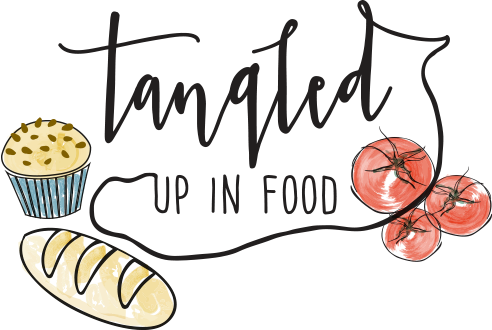I have a soft spot for frozen salmon fillets.
Admittedly, frozen salmon is an odd ingredient to treasure. Pink, plastic-swaddled frozen fish lacks the cultural cachet of quinoa or the intrigue of arugula. A convenience food shipped thousands of miles isn't the sort of thing that food bloggers typically swan over. But frozen salmon was one of the first things I learned to cook well, at a time in my life when I desperately needed to feel proficient at something.
I had graduated from college with a fairly useless degree in the depths of the Great Recession, and I was working as an invoice clerk. It was dull, mindless work, punching numbers into a calculator and alphabetizing reams of documents. There was a lot of filing, climbing up and down a plastic step stool to wedge invoices into already overstuffed folders. Sometimes I would need to retrieve an old invoice from a half-forgotten file room, filled with cabinets that had rusted shut and a thick layer of dust. That summer, I needed something to jolt me from monotonous introspection and self-pity. So I learned how to cook.
There were several false starts: a terrible pasta salad that inexplicably included both salsa and Italian dressing; an overly ambitious and overcooked lamb chop recipe; a strange peanut butter and chicken stew. But woven between the misses were the dinners that gave me a feeling of accomplishment that bolstered me through long days of boredom and paper cuts. There was pasta with fresh sauce, a loaf of whole-wheat batter bread from the Betty Crocker cookbook I bought at Barnes & Noble, and baked salmon fillets.
My salmon preparation method was simple--lemon juice, a drizzle of melted butter, a sprinkling of brown sugar--but because it involved juicing an actual fresh lemon, cooking salmon made me feel like a legitimate cook. Sometimes, early success become defining moments in a way that subsequent victories never can. My first clumsy loaf of challah felt more monumental than the six-strand braid I later mastered; finishing my first 5K was more satisfying than the several I've run since; seeing my byline for the first time had a certain magic. Over the past several years, I've surpassed my early accomplishments in ways that I never dreamed of back in that dusty file room during a difficult summer. But it's important to remember where I started, with frozen salmon fillets and enthusiasm.
This recipe is a little more complicated than the original salmon recipe I mastered. You sear the salmon in a skillet, and then make a thick sauce with green onions, fresh ginger, and soy sauce. Be sure to get the preparation done beforehand, because the salmon cooks quickly--peel and finely julienne the fresh ginger, cut the green onions into strips, and chop up the cilantro. Note that the cooking time will vary based on the thickness of your salmon fillets. Mine were about 3/4 inch thick, and took 3 minutes per side to cook to opaqueness; you may need more or less time, so judge by the color of the salmon rather than solely by the time.
Adapted from the Kitchn
Serves two
Ingredients:
- 1/2 cup uncooked jasmine rice
- 2 (4-ounce) frozen salmon fillets, thawed
- salt and pepper
- 1 tablespoon canola oil, divided
- 1 tablespoon finely julienned fresh peeled ginger
- 2 green onions, cut into 2 inch long julienned strips
- 2 tablespoons soy sauce
- 1/4 teaspoon sugar
- 2 tablespoons finely chopped fresh cilantro
Prepare rice according to package directions.
Meanwhile, pat the salmon dry with paper towels.
Heat a medium skillet over medium-high heat. Add 1/2 tablespoon canola oil and tilt to evenly coat. Place the salmon in the skillet and sprinkle lightly with salt and pepper. Sear salmon on each side until opaque throughout, about 3 minutes per side for a 3/4 inch thick fillet (cooking time will vary based on the thickness of the salmon fillet).
Add the remaining 1/2 tablespoon canola oil to skillet and tilt to evenly coat. Add the ginger and cook, stirring frequently, until golden brown, about 4 minutes. Add the green onions and cook, stirring, until starting to wilt, about 30 seconds. Remove skillet from heat. Add the soy sauce, 1 tablespoon water, and sugar and stir to form a thick sauce.
Spoon sauce over salmon and sprinkle with cilantro. Serve on prepared rice.
